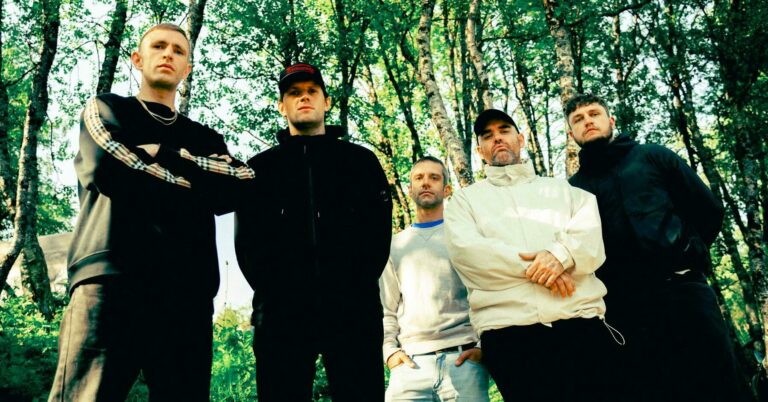The quest for a youthful and radiant appearance has led to an increasing number of people seeking out dermal fillers as a non-invasive solution to restore their skin’s natural beauty. But with the growing popularity of these injectable treatments, it’s natural to feel uncertain about what they entail and whether they’re right for you. In this guide, we’ll explore what dermal fillers are as well as the benefits and safety of this revolutionary cosmetic treatment.
Understanding Dermal Fillers
Our skin naturally produces less collagen and becomes less supple as we age and due to lifestyle factors, causing the appearance of wrinkles and sagging skin. Dermal fillers are injectable gel-like solutions that fill up facial wrinkles and hollows and provide support to the surrounding tissue while also stimulating collagen production, which results in restoring volume and fullness to the skin. There is a wide choice of different products available on the market and not all fillers are created equal. Because of their differences in composition (hyaluronic acid, calcium hydroxylapatite, poly-l-lactic acid, etc.), density, and lifespan, each is best suited for a certain use.
In general, dermal fillers are designed to treat a variety of cosmetic concerns, such as:
- Facial wrinkles and fine lines, including nasolabial folds and marionette lines;
- Saggy loose skin in the lower face, around the mouth and jawline;
- Thin and/or undefined lips;
- Signs of skin aging on the body, including the neck, décolleté, and back of the hands;
- Different types of scars, including acne scars.
Safety and Side Effects
While generally considered safe, dermal fillers have a number of contraindications, and can sometimes cause adverse effects such as redness, swelling, bruising, and discomfort at the injection site (according to National Institutes of Health). However, these side effects are normally mild and temporary, and severe reactions like allergic reactions, infections, and nerve damage are rare. To reduce the risk of severe side effects and complications, dermal fillers should only be administered by a competent and experienced practitioner in appropriate conditions. With a thorough medical evaluation and reassurance that you are a good candidate as well as proper administration and aftercare, dermal fillers can be your key to the safe and effective anti-aging treatment.
Additionally, before opting for the treatment, you should make sure that the products are purchased from a reputable supplier. MajorMedicalSolutions.com is such a reliable wholesale dermal filler distributor that provides a wide range of high quality medical devices at low prices and ensures the delivery of products in record time.
Benefits of Dermal Fillers
Natural-looking improvements
Dermal fillers effectively restore lost facial volume and structure, reducing the appearance of fine lines and wrinkles, enhancing facial contours, and restoring your youthful and vibrant appearance. Additionally, dermal fillers have become the most popular option for lip enhancement that allows for improving lip fullness, definition, and symmetry.
Long-lasting benefits
Depending on the type of product and individual characteristics, dermal fillers generally provide noticeable improvements that last for 6-12 months or even longer. Because of their excellent durability, dermal fillers may be a cost-effective and valuable component of your anti-aging regimen.
Minimal downtime and quick recovery
Dermal filler treatments require little to no recovery time which means that you can get back to your normal activities right after the procedure. Indeed, this makes them a convenient option for people with busy schedules who cannot afford extended recovery periods.
Versatile and customizable solutions
Dermal fillers are available in a variety of formulations and can be used for addressing different concerns, allowing for treatment programs tailored to your individual aesthetic goals.
Increased confidence
Apart from improving the appearance of your skin, dermal fillers can have a positive effect on your self-esteem and well-being. With dermal injections you can enjoy balanced and harmonious outcomes, allowing your natural beauty to shine through!
Conclusion
In conclusion, dermal fillers have revolutionized the world of cosmetic treatments, with safe, effective, and non-invasive solutions for addressing various signs of aging and enhancing your natural beauty. As a wide range of fillers are available, each with its unique benefits and characteristics, it’s very important to choose the right filler that can help you reach your individual goals. Therefore, it’s necessary to remember that selecting a qualified practitioner and carefully considering your treatment options, can highly influence the final results.





















